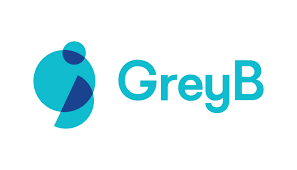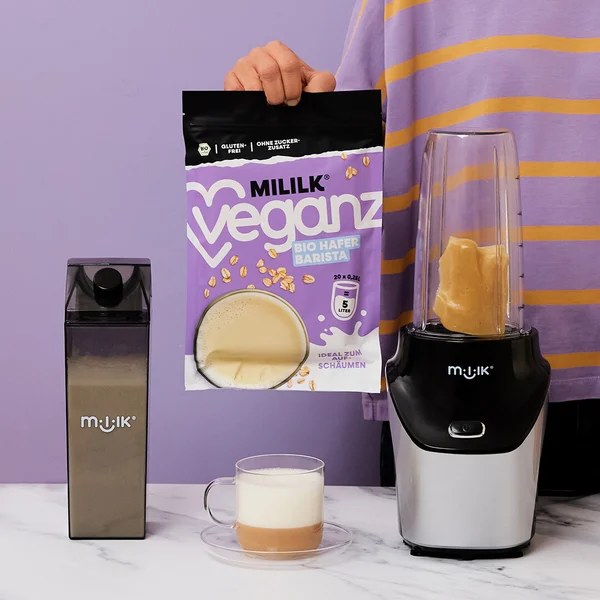Liquid packaging… without the liquid?

Do you take your coffee with milk or with oat milk sheet? 🙂
Some brands are turning liquid products into dissolvable sheets to cut down on water use, packaging, and emissions. If you don’t know what dissolvable sheets are, they’re dehydrated, edible films that dissolve in water to create liquid products like milk.
Take Veganz, a German plant-based brand. Their Mililk Organic Oat Barista comes in 2D-printed sheets that are slim enough to fit through a mail slot.
Since traditional plant-based milk cartons are up to 97% water, these sheets dramatically reduce packaging weight and materials. Mixing one with tap water creates creamy oat milk, and a pack of 20 sheets makes up to 5 liters.

Image from Veganz’s website showing the size of the packaging and the oat milk sheets. Can’t see the image? View it here.
This design keeps its environmental footprint low. The packaging is 85% lighter, uses 94% less material than conventional cartons, and takes up less space.
By removing excess water, it also lowers transportation emissions. Plus, with a 12–24 month shelf life, users can mix only what they need, reducing food waste.
And it’s scaling fast—since launching in 2023, Veganz has secured €10M to increase production fivefold. The idea is catching on in the U.S. too, with Milkadamia planning to launch its own flat-pack oat milk in 2025.
Both brands use Vitiprints’ patented technology to turn liquids into fast-dissolving sheets, cutting packaging waste and transport emissions. The patent covers a dissolvable sheet made of multiple layers that break down in just 3 to 15 seconds.
Innovations like flat-pack oat milk are just one way brands are rethinking packaging to cut emissions, reduce waste, and optimize supply chains.
But finding the right solutions—ones that balance sustainability, cost, and performance—isn’t always straightforward.
When an R&D team needed to identify carbon-negative packaging options, we helped them navigate the landscape—analyzing emerging materials, scalable technologies, and real-world applications to find solutions that worked.
We took a deep dive into materials, processes, and strategies that companies are using to reduce carbon in their packaging—uncovering what’s viable now and what’s coming next.
Explore the insights and see how these strategies could apply to your supply chain: https://www.greyb.com/case-studies/decarbonizing-supply-chain-with-sustainable-food-packaging-solutions/

